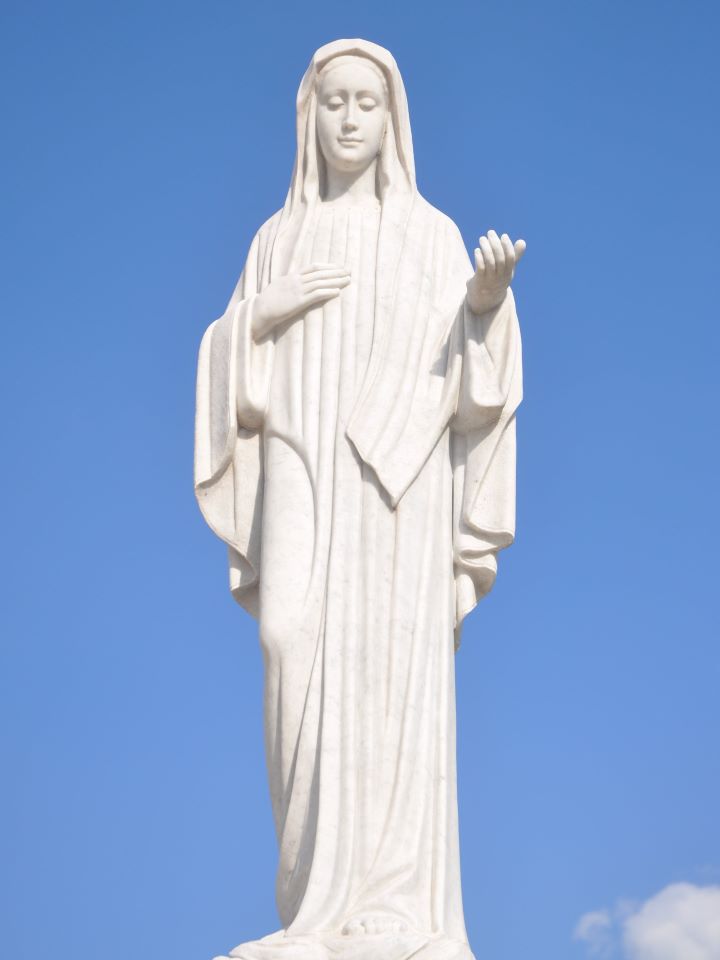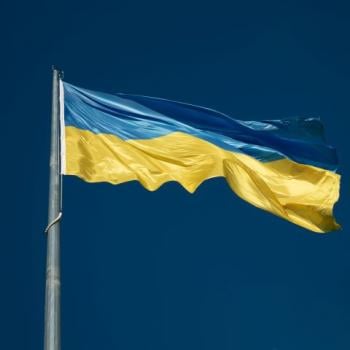Catholics will observe the Solemnity of the Immaculate Conception on December 8. What does this feast day celebrate? While the day does involve Jesus, the feast day is about Mary.
Many people think that the term “Immaculate Conception” and its corresponding feast day refer to Jesus’ conception by the Holy Spirit. The term “Virgin birth,” is actually the term that describes this mystery. Mary herself was conceived without sin. The Immaculate Conception is about Mary.
The Origins of the Feast Day
A feast called the Conception of Mary began in the Eastern Church in the seventh century and moved to the West. The current name for the feast was popular in the eleventh century. Unlike some teachings that came from theologians, the Immaculate Conception arose from the people’s beliefs. Church leaders then had to explain why and how this was true.

Reconciling Belief with Theology
In the 19th century the church faced a theological conundrum. If St. Augustine and the subsequent millennia of tradition were correct that sexual intercourse transmitted original sin, then Mary while in the womb would be stained by original sin. If Mary was stained by original sin, then she could not have carried the sinless Son of God in her womb without exposing him to original sin. And if Jesus was born with original sin, then he could not serve as the appropriate sacrifice on the cross to atone for a wounded world—as required by St. Anselm’s atonement theory, which guided the logic of many 19th-century theologians. So, if Jesus was exposed to original sin, there would be no possibility of salvation for humankind.
Rather than revise the doctrine of original sin, Pope Pius IX and his theologians proposed another solution: the immaculate conception of Mary. By doing this, they protected the sinlessness of Jesus—and thus the possibility of salvation for humankind—and further elevated the most venerated and beloved of all the saints: Mary of Nazareth.
Pope Pius IX and the Immaculate Conception
Pope Pius IX defined the doctrine of the Immaculate Conception. He was a complicated person. He ruled over the papal states in Italy at the beginning of his pontificate in 1847. Pius IX ruled not only as pope but also as a king and lived in a palace. Later, he went into exile because people revolted violently against the blending of church and state that had been in place for centuries. The pope retreated to the Vatican and complained that he was a prisoner there.
In 1869, Pius IX convened the First Vatican Council. During the council, he put forth the doctrine of papal infallibility even though some bishops objected. Papal infallibility means that the pope, when he rules “ex cathedra” or “from the chair,” cannot err. Because of the Franco-Prussian War, the council ended early and only accomplished part of its agenda.
Papal Infallibility
Although Pope Pius IX declared the Immaculate Conception to be doctrine in 1854, it was later connected to the first Vatican Council. The Immaculate Conception and the bodily Assumption of Mary into heaven are the two infallible teachings. When the pope gives a homily, speaks to a person privately, or even writes documents, he can make a mistake.
And So . . .
The Immaculate Conception is about Mary. Its development throughChristian history is interesting. The way the pope formulated the doctrine was a bit unusual. The feast day is coming up on December 8..













